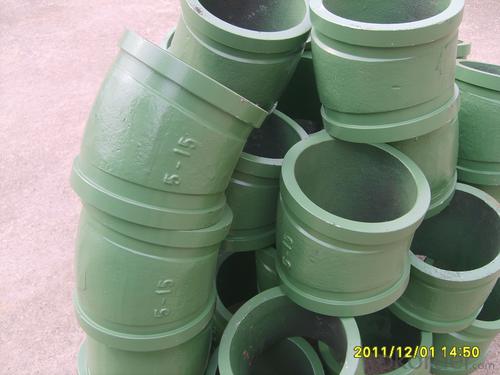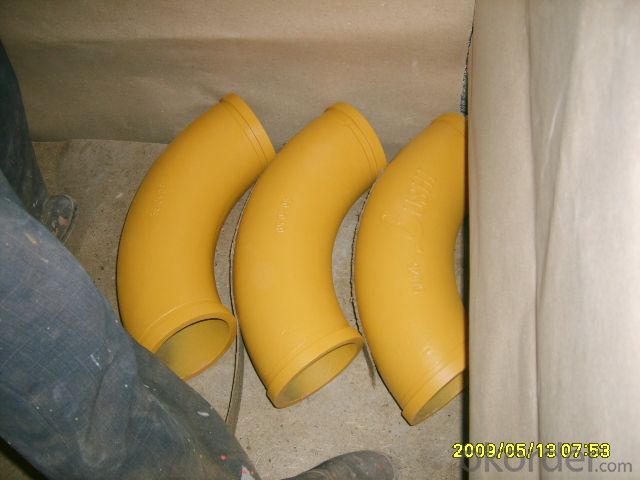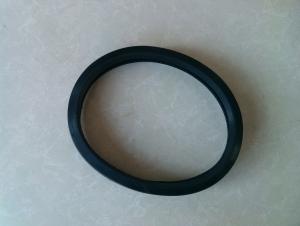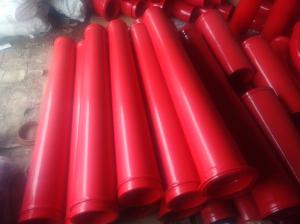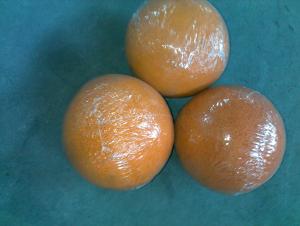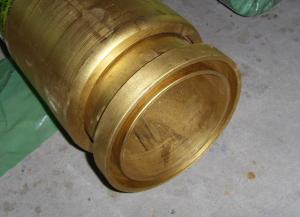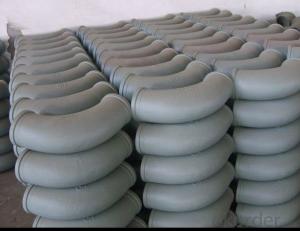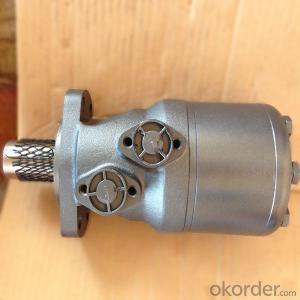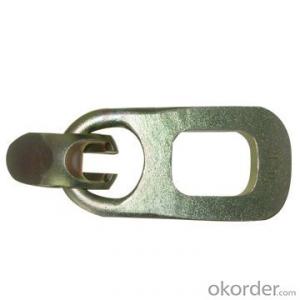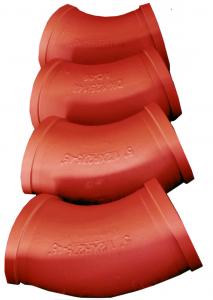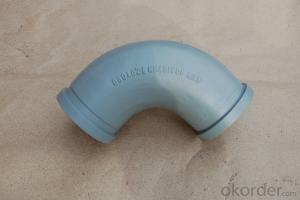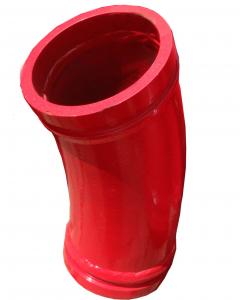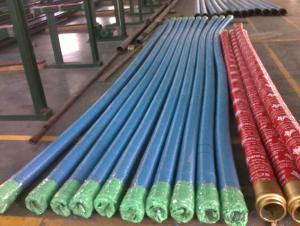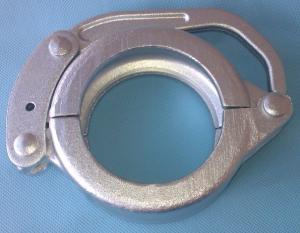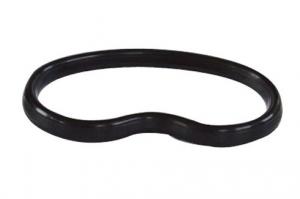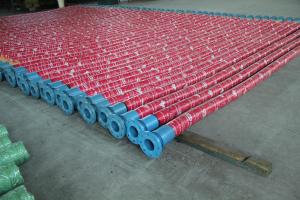Concrete Pump Truck Parts Elbow Bend DN100 R175 90DGR 127MM Mn13-4 Casting
- Loading Port:
- China Main Port
- Payment Terms:
- TT OR LC
- Min Order Qty:
- -
- Supply Capability:
- -
OKorder Service Pledge
Quality Product, Order Online Tracking, Timely Delivery
OKorder Financial Service
Credit Rating, Credit Services, Credit Purchasing
You Might Also Like
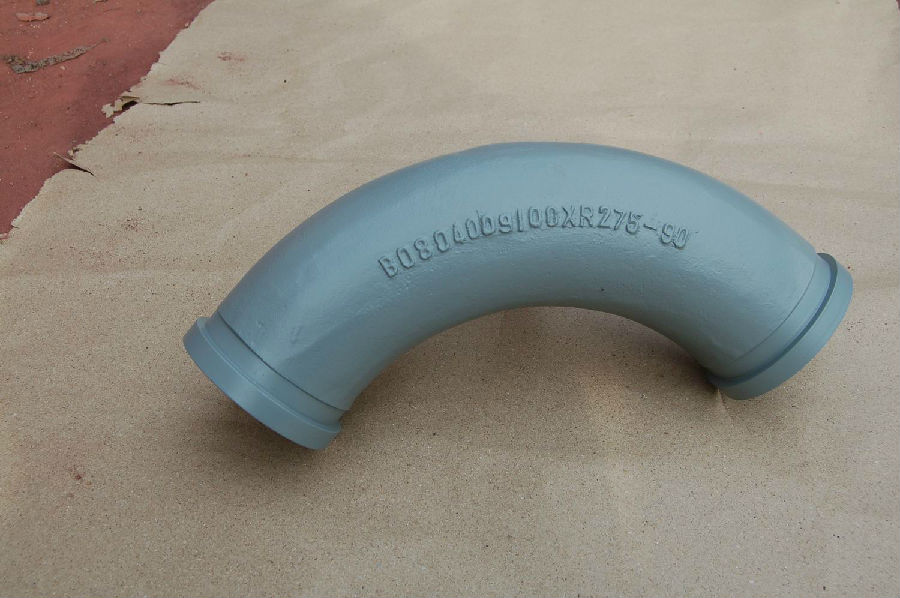
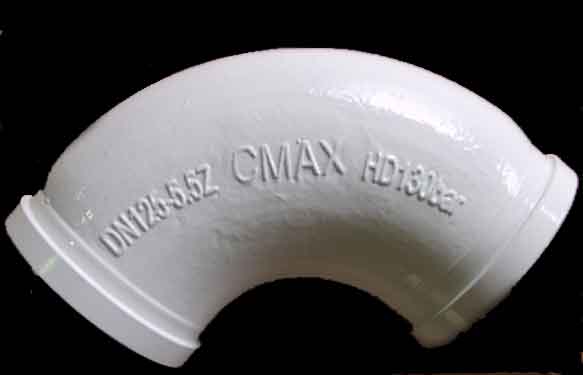
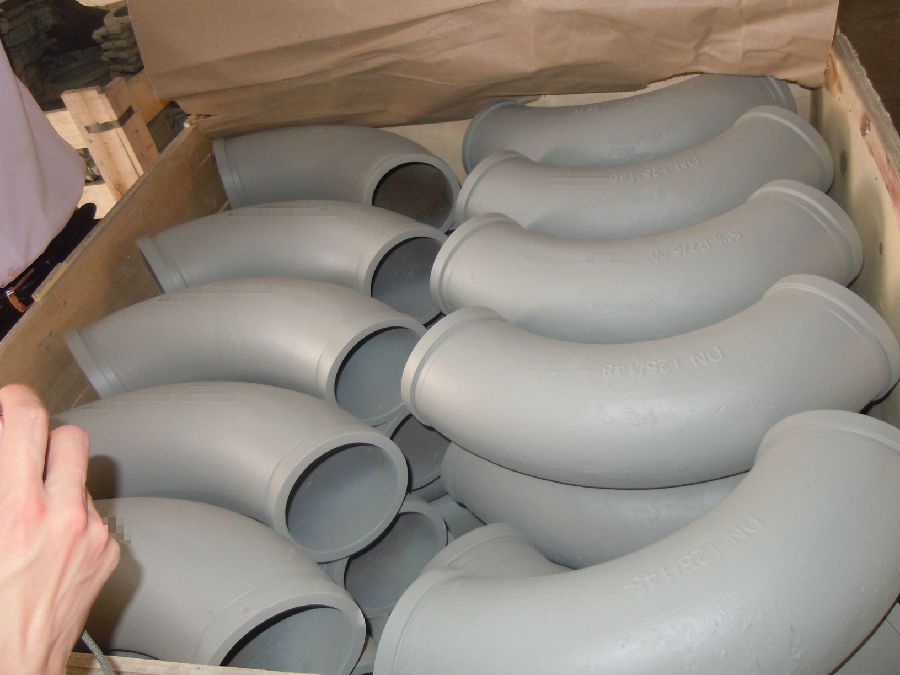
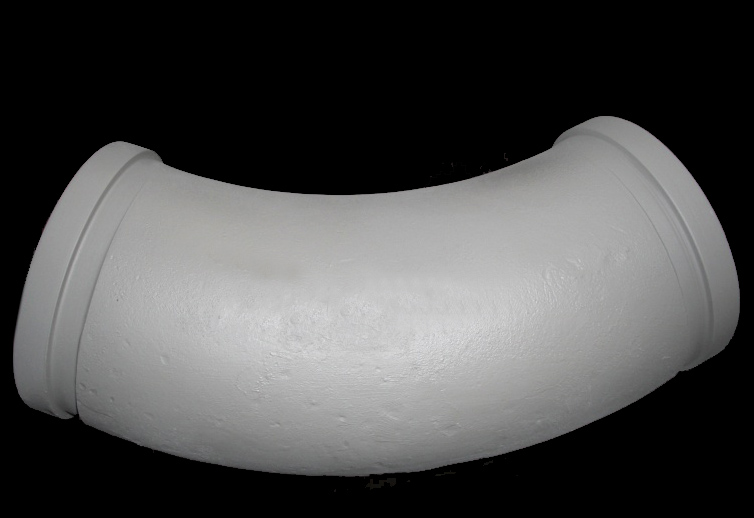
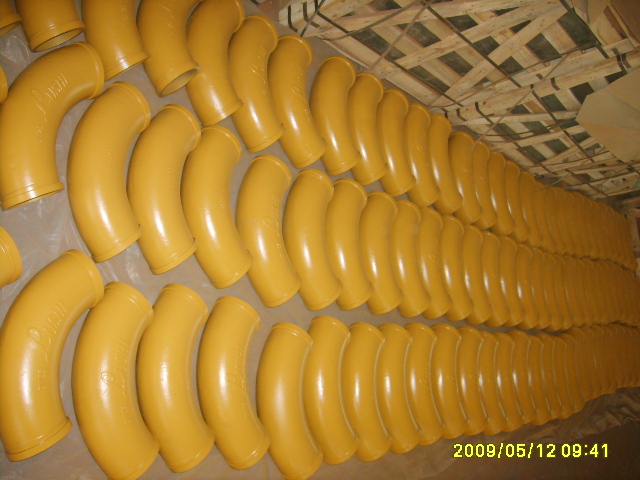
Product Description:
Product Name: Concrete Pump ELBOW DN100
1. Specification of Concrete Pump ELBOW DN100
Dimensions: DN100
Radius: 175mm
Flange: SK, ZX, F&M
Degree: 90
Material: #20 steel, ST52
Thickness: 4.5mm,6mm,7.1mm,7.5mm,10mm,
Working pressure: 180MPa
Notes: total series of concrete pump ELBOW for different brand concrete pump(PUTZMEISTER, SCHWING, CIFA, SANY, ZOOMLION, IHI, KYOKUTO Etc) available from us.
2. Application of Concrete Pump ELBOW DN100
Widely used on concrete pump truck, concrete placing boom, trailer concrete pump etc, for concrete delivery pipe connection.
Our concrete pump bends have been successfully exported to many countries from 1998, Our main markets as below: Middle East, Southeast Asia, America, Brazil, Italy, Russia, South Africa etc
Aiming at the largest concrete pump parts manufacturer, and reliable, professional supplier in China, we can supply concrete pump elbows, delivery pipes, casting or forging couplings, end rubber hoses, rubber pistons, tungsten wear plates, delivery cylinders, and other hydraulic parts, one stop service for your concrete pump parts and accessory business.
3. Package and Delivery of Concrete Pump ELBOW
Every 30pcs put in one seaworthy wooden box, and 20 boxes in one 20feet container.
Product Name: Concrete Pump ELBOW DN100
1. Specification of Concrete Pump ELBOW DN100
Dimensions: DN100
Radius: 175mm
Flange: SK, ZX, F&M
Degree: 90
Material: #20 steel, ST52
Thickness: 4.5mm,6mm,7.1mm,7.5mm,10mm,
Working pressure: 180MPa
Notes: total series of concrete pump ELBOW for different brand concrete pump(PUTZMEISTER, SCHWING, CIFA, SANY, ZOOMLION, IHI, KYOKUTO Etc) available from us.
2. Application of Concrete Pump ELBOW DN100
Widely used on concrete pump truck, concrete placing boom, trailer concrete pump etc, for concrete delivery pipe connection.
Our concrete pump bends have been successfully exported to many countries from 1998, Our main markets as below: Middle East, Southeast Asia, America, Brazil, Italy, Russia, South Africa etc
Aiming at the largest concrete pump parts manufacturer, and reliable, professional supplier in China, we can supply concrete pump elbows, delivery pipes, casting or forging couplings, end rubber hoses, rubber pistons, tungsten wear plates, delivery cylinders, and other hydraulic parts, one stop service for your concrete pump parts and accessory business.
3. Package and Delivery of Concrete Pump ELBOW
Every 30pcs put in one seaworthy wooden box, and 20 boxes in one 20feet container.
- Q: How often should concrete pump control panels be inspected and replaced?
- Concrete pump control panels should be inspected regularly, ideally on a monthly basis, to ensure they are functioning properly and to identify any potential issues. However, the frequency of replacement will depend on the specific condition of the control panel, as well as the manufacturer's recommendations. If any signs of wear or malfunction are detected during the inspection, it may be necessary to replace the control panel sooner.
- Q: Can I get spare parts for both concrete pumps with and without agitators?
- Yes, spare parts are available for both concrete pumps with and without agitators.
- Q: What are the indications of a malfunctioning concrete pump water pump?
- A malfunctioning concrete pump water pump can be identified through several indicators. 1. Insufficient water flow: A clear sign of a faulty water pump is the lack of water flow. If the pump is not operating correctly, it may fail to supply water to the concrete pump, leading to reduced or no water flow. 2. Decreased water pressure: Another indication of a malfunctioning water pump is reduced water pressure. If the pump is not working properly, it may struggle to generate sufficient pressure for effective water delivery to the concrete pump. This can result in a weaker or inconsistent stream of water. 3. Abnormal noises or vibrations: Strange noises or vibrations emitted by the water pump can suggest a malfunction. Mechanical issues or loose components within the pump can cause these unusual sounds or vibrations. 4. Excessive heat: A malfunctioning water pump can also overheat due to various reasons such as a clogged filter, worn-out bearings, or a faulty motor. Overheating can cause further damage and eventually lead to the pump's complete failure. 5. Leakage: The presence of visible leaks around the water pump indicates a malfunction. Damaged seals or gaskets, loose connections, or cracks in the pump housing can cause leaks. These leaks result in water loss and reduced pump efficiency. 6. Inconsistent or unpredictable water flow: When the water pump is not functioning properly, it can cause irregular or unpredictable water flow. This uneven distribution of water to the concrete pump affects the quality and consistency of the pumped concrete. Regular inspection and maintenance of the water pump are crucial to ensure its proper functioning. If any of these signs are observed, it is advisable to promptly address the issue by seeking professional assistance to diagnose and repair the malfunctioning water pump.
- Q: How can a malfunctioning control box affect the pump's operation?
- A malfunctioning control box can have various negative effects on the operation of a pump. Firstly, it can result in an inaccurate or inconsistent control of the pump's functions. This means that the pump may not start or stop at the desired times or operate at the correct speed, leading to inefficient or inadequate pumping. Additionally, a malfunctioning control box may cause electrical issues, leading to power fluctuations or even power surges. These electrical problems can cause damage to the pump's motor or other components, leading to premature wear and tear or complete failure. Furthermore, a malfunctioning control box can also disrupt the communication between the pump and other systems. This can affect the pump's ability to receive or send signals, resulting in a lack of coordination with other equipment or systems that rely on the pump's operation. This lack of coordination can lead to system failures or disruptions in the overall process or operation that the pump supports. In summary, a malfunctioning control box can have detrimental effects on the pump's operation including inaccurate control, electrical issues, and disruption of communication with other systems. It is crucial to regularly inspect and maintain control boxes to prevent these malfunctions and ensure the reliable and efficient operation of pumps.
- Q: What is the function of a concrete pump remote control?
- The function of a concrete pump remote control is to allow operators to control the movement and operation of a concrete pump from a distance. This remote control enables precise and efficient placement of concrete, allowing the operator to adjust the pump's speed, direction, and other functions, ensuring the accurate and controlled delivery of concrete to the desired location.
- Q: How do I ensure the compatibility of mechanical components in concrete pump spare parts?
- To ensure the compatibility of mechanical components in concrete pump spare parts, it is crucial to consider several factors. First, it is important to identify the specific make and model of the concrete pump and its components. This information will help in sourcing the correct spare parts that are designed to fit and function properly with the existing system. Additionally, it is recommended to consult the manufacturer's documentation or reach out to their customer support for guidance. They can provide detailed specifications and compatibility guidelines for the mechanical components. It is essential to match the dimensions, tolerances, and materials of the spare parts to the original components to ensure a proper fit and optimal performance. Furthermore, working with reputable suppliers or distributors who specialize in concrete pump spare parts can greatly enhance compatibility assurance. These professionals have extensive knowledge and experience in the industry and can guide you in selecting the right components that are compatible with your specific concrete pump model. Regular maintenance and inspection of the mechanical components are also essential to identify any wear or damage. By addressing any issues promptly and replacing worn-out parts with compatible ones, you can ensure the overall compatibility and longevity of the mechanical components in your concrete pump spare parts.
- Q: How often should hydraulic pumps be inspected or replaced in a concrete pump?
- Regular inspections of hydraulic pumps in a concrete pump are essential for maintaining their proper functioning and preventing potential problems. The frequency of these inspections depends on various factors, such as the intensity of use, operating conditions, and manufacturer's guidelines. Typically, it is advisable to inspect hydraulic pumps in a concrete pump either every 500 to 1,000 operating hours or at least once a year, whichever comes first. However, if the pump is being used under harsh or demanding circumstances, more frequent inspections might be required. The decision to replace hydraulic pumps should be based on their condition and the recommendations provided by the manufacturer. If the pump displays significant wear and tear, leaks, reduced performance, or any other issues that cannot be resolved through maintenance or repair, it may be necessary to replace the hydraulic pump to ensure the safe and efficient operation of the concrete pump.
- Q: How often should hopper grate levers be inspected or replaced in a concrete pump?
- Hopper grate levers in a concrete pump should be inspected regularly to ensure proper functioning and prevent potential issues. The frequency of inspections may vary depending on factors such as the intensity of use, the type of material being pumped, and the operating conditions. However, a general recommendation for inspections would be to perform them at least once every six months or after every 500 hours of operation. During the inspection, the hopper grate levers should be carefully examined for signs of wear, damage, or misalignment. If any issues are detected, the levers should be replaced immediately to avoid further damage to the hopper grate system or potential safety hazards. It is important to use high-quality replacement parts that are specifically designed for the concrete pump model in order to ensure optimal performance and longevity. Regular inspections and timely replacements of hopper grate levers will help to maintain the efficiency and reliability of the concrete pump, minimizing downtime and costly repairs.
- Q: What is the function of a concrete pump control box?
- The function of a concrete pump control box is to control and regulate the operation of a concrete pump, including starting and stopping the pump, adjusting the flow rate and pressure of the concrete, and monitoring various parameters such as engine speed and hydraulic pressure. It provides a centralized control system for efficient and safe operation of the concrete pump.
- Q: What is the purpose of a concrete pump cleaning ball?
- The purpose of a concrete pump cleaning ball is to clean out residual concrete and debris from the pumping system, ensuring proper functioning and preventing blockages or clogs.
Send your message to us
Concrete Pump Truck Parts Elbow Bend DN100 R175 90DGR 127MM Mn13-4 Casting
- Loading Port:
- China Main Port
- Payment Terms:
- TT OR LC
- Min Order Qty:
- -
- Supply Capability:
- -
OKorder Service Pledge
Quality Product, Order Online Tracking, Timely Delivery
OKorder Financial Service
Credit Rating, Credit Services, Credit Purchasing
Similar products
Hot products
Hot Searches
Related keywords




